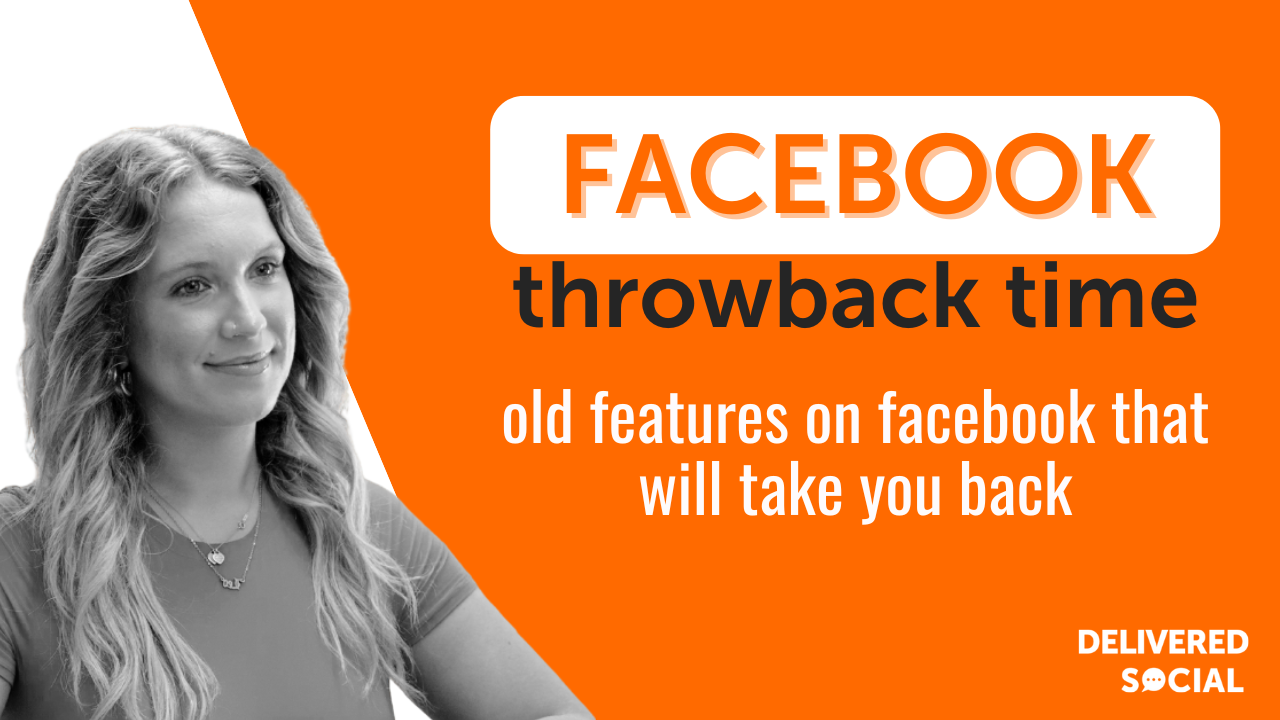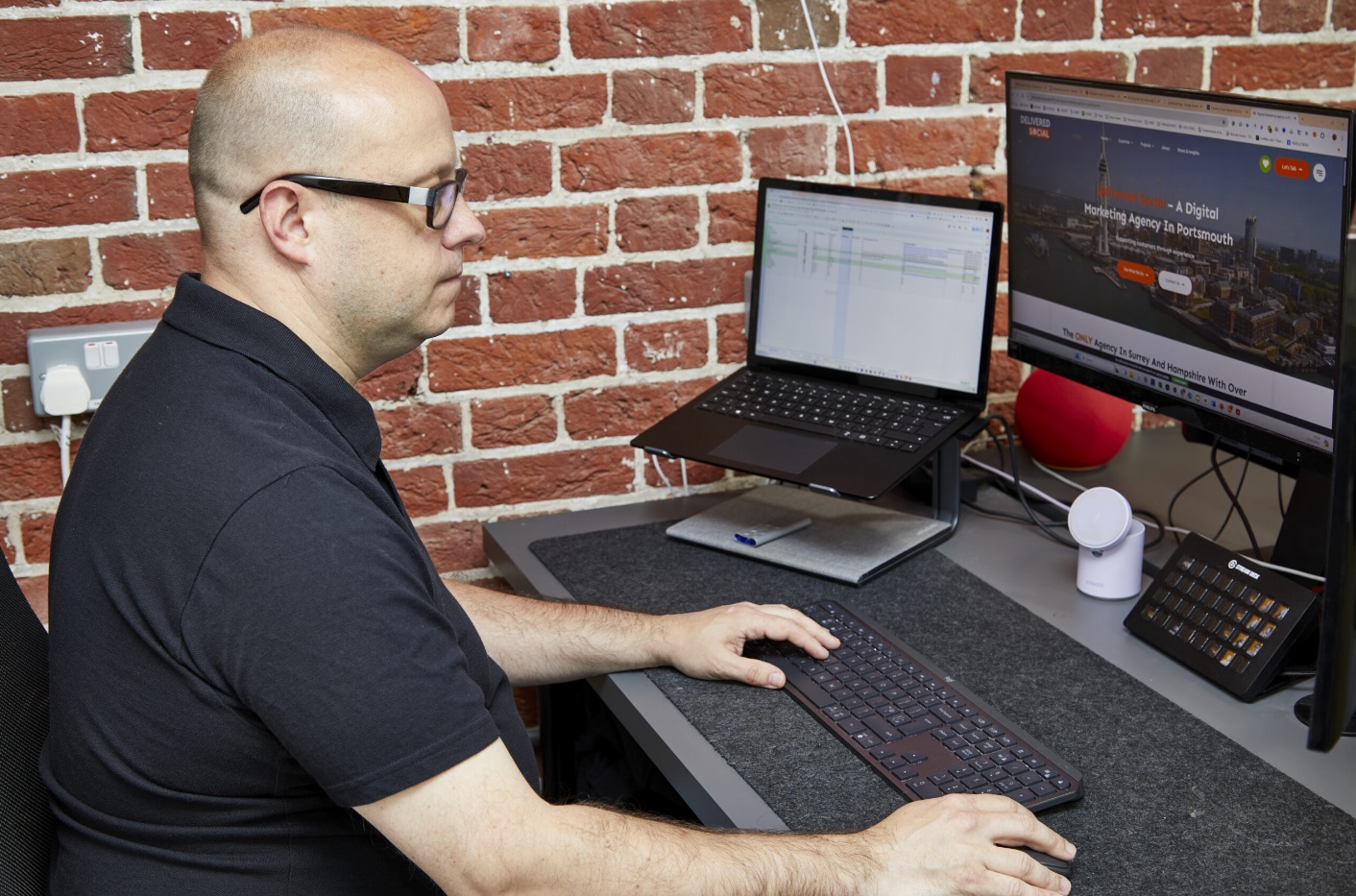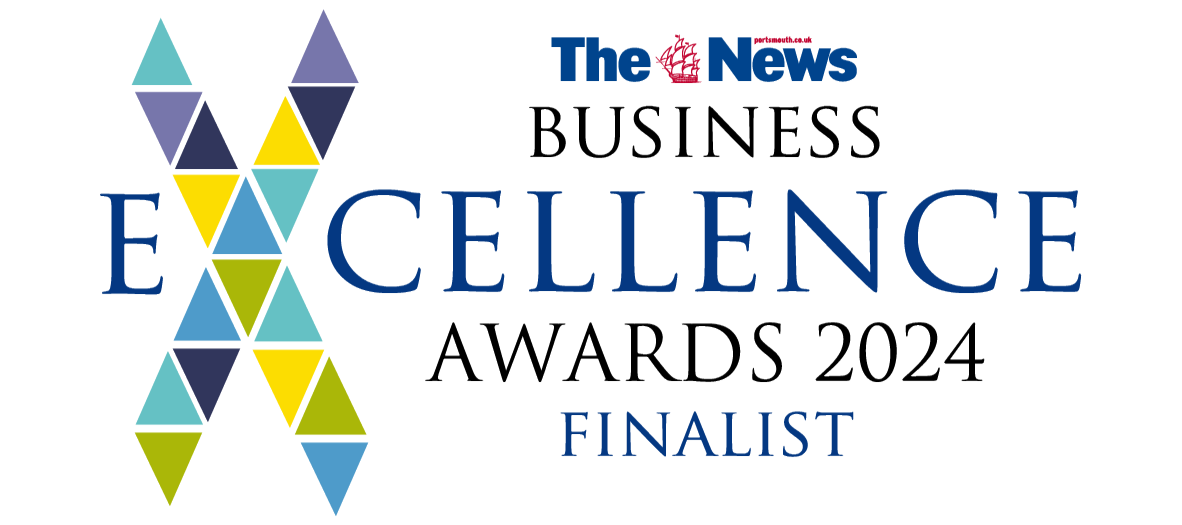
Facebook has changed a lot since its early days, but some parts of the old experience still stick in our memory. Before stories and reels took over, users spent hours poking friends, writing on walls, and joining oddly specific groups. These old features on Facebook shaped how people connected online during the 2000s and early 2010s. Whether you were tagging friends in bumper sticker apps or customizing your profile layout with third-party tools, these features helped make Facebook feel personal. This list looks back at ten things that once defined the platform—and might even remind you how different social media used to be.
The Superpoke Craze
Facebook once had a feature called Superpoke that let users playfully interact with each other. It allowed people to send simple actions like “throw a sheep,” “give a high five,” or “tickle.” These actions did not carry any real purpose, but they became popular fast. Friends used them to get attention or just have fun during the early days of the platform.
Superpoke was part of a time when Facebook felt more casual. Users logged in not only to check updates but also to engage in light-hearted exchanges. The feature came from a third-party app, which worked through Facebook’s developer platform. It spread quickly because it was free and easy to use.
People often sent these pokes for no reason at all. Sometimes it was a joke among friends; sometimes it was just something random to do while browsing profiles. Over time, users began competing over who could send the weirdest action or get the most responses.
This quirky tool gave people another way to connect beyond messages and wall posts. It offered something different—simple gestures that didn’t need words. That kind of interaction helped define what made Facebook engaging during its earlier years.
Eventually, Superpoke faded out as new tools took over and user behavior shifted toward more direct communication methods like Messenger and tagging in comments or photos. But many still remember how common these playful nudges were.
Among all the old features on Facebook, Superpoke stands out as one that brought humor into daily use without needing much effort from anyone involved.

Profile Walls Instead of Timelines
Before the timeline layout took over, Facebook had a simple setup. Users had profile walls where friends posted comments or messages. These posts appeared in order, based on time. There were no hidden posts and no sorting by popularity or interaction. What you saw was what others wrote, exactly when they wrote it.
The wall worked like a digital notebook for your social life. Friends dropped birthday wishes, inside jokes, or short updates right onto your page. You could scroll down and see the full thread of conversations without filters or interruptions. Each message stayed visible unless deleted manually.
There were no “Top Stories” sections deciding which post mattered more. No sponsored content interrupted the flow either. The experience felt more direct and personal because everyone saw the same thing at the same time.
This format reflected how people used Facebook back then—mostly to keep in touch with close contacts rather than follow trending news or viral videos. Every interaction stayed on that single screen, easy to read and respond to.
Compared to today’s algorithm-driven feed, this older method gave users more control over what they viewed first. It didn’t push certain content forward based on likes or shares.
Many who joined early still remember writing directly on someone’s wall as a common habit. It was quick and open for others to see too, which made it feel public but still informal.
Among all old features on Facebook, this one stands out due to its simplicity and clarity in communication. No extra functions got in the way of basic interactions between users.
Some may not miss it now due to newer tools like stories or status updates with filters, but those early walls offered something different—straightforward sharing without distraction from algorithms or ads.
The Original ‘Poke’ Button
The “Poke” button was one of the first tools that stood out on Facebook. It showed up without much explanation. People clicked it without fully knowing what it meant. Some thought it was a way to say hello. Others believed it hinted at something more playful.
It didn’t send a message or post anything public. It just gave a notification that someone had poked you. That’s all. No words, no images—just a single action that left people guessing what to do next. Some users poked back right away, while others ignored it completely.
There were no rules for how to use the feature. Friends used it for fun, classmates used it to get attention, and strangers sometimes used it too—often without warning or context. The lack of clear purpose made poking both strange and fun at the same time.
Over time, people began to treat the poke as a sort of inside joke on the platform. It became part of early Facebook culture—a quiet nudge that could mean almost anything depending on who sent it.
Eventually, usage dropped as new features took over user interest and interaction styles changed across social media platforms. Still, many long-time users remember poking as one of those old features on Facebook that didn’t follow any pattern but still managed to grab attention.
Even today, some users wonder if the poke ever really had an official meaning—or if its power came from not having one at all.
Top Friends List
Facebook once allowed users to highlight their closest connections through the Top Friends List. This tool let people choose which friends appeared first on their profile. It worked much like MySpace’s popular feature, where users placed best friends in a visible spot for everyone to see.
At the time, this list was more than just decoration. It acted as a public ranking system. People paid attention to who made it onto someone’s list—and who didn’t. Being included often meant you were important to that person, at least online. Not being featured could lead to questions or even arguments among peers.
Users changed their top friends often, depending on mood or recent events. A new friendship might push someone up the list. A falling-out might remove another entirely. This constant reshuffling made profiles feel alive and personal.
The feature also created pressure for some users. They felt they had to explain choices or deal with messages asking why someone was removed or bumped down the rankings. Still, many found it fun and used it as a way to express loyalty or show off social ties.
Eventually, Facebook removed this option without much notice. As privacy settings evolved and user behavior shifted, focus moved away from public lists of relationships toward broader interactions like comments and likes.
Among all the old features on Facebook, Top Friends stands out because of how directly it affected friendships online and offline. It wasn’t just about showing faces—it influenced how people felt about each other based on visibility alone.
Today’s Facebook looks different without such displays of preference front and center. But those who used this feature remember how it shaped conversations and emotions during that time period online.
Old Features on Facebook That Made It Feel Like Home
Before the algorithm ruled the homepage, users shaped their profiles however they wanted. Back then, people had more control over how their pages looked and what others saw first. One of the most memorable tools was the “bumper sticker” app. Friends could post stickers with quotes, jokes, or random images right onto your wall. These stickers filled profile pages with personal touches and gave each page a unique feel.
Another key part of that experience was custom layouts through third-party apps. Users changed fonts, colors, and even added background music to their profiles. This kind of setup turned each account into something more than just a timeline — it became a space that reflected someone’s style and interests.
The Top Friends feature also made things feel more personal. People chose who appeared in this section, which often led to friendly debates or quiet tension among close contacts. But it also showed who someone spent time with most online.
Groups were smaller and tighter back then too. Many friends created private groups just for inside jokes or shared hobbies. There were no algorithms suggesting what you should see; you only saw what group members posted.
Having a public wall instead of private DMs also meant conversations happened in front of everyone unless you used messages directly. Friends wrote birthday greetings or quick notes where everyone could read them later.
All these old features on Facebook gave users more choice over how they connected online. They picked what to show, what to hide, and how everything looked on their own page without much interference from automated systems or promoted content.
These tools may seem simple now but played an important role at the time. They let people shape their own space online in ways that newer versions no longer allow as freely as before.

Facebook Gifts (Yes, You Could Send a Cupcake)
Facebook once allowed users to send virtual presents. These digital items included things like cupcakes, teddy bears, and coffee mugs. People used them for birthdays or just to say hello. The feature was simple. Click on a friend’s profile, choose a gift from the catalog, and send it with a message.
This wasn’t only about fun images. Early on, Facebook Gifts were free or cost just a small amount—usually $1. Users could even pay to make their gifts more personal by adding notes or choosing specific designs. This made interaction feel direct and casual.
Over time, Facebook tried to turn this into real business. The platform shifted from digital-only tokens to physical products in 2012. Now you could buy actual goods—a cupcake that got delivered to your friend’s door instead of their feed. But this version didn’t last long either. By 2014, Facebook shut down the entire gifting program.
The idea behind these features was connection through small gestures online. It gave users another way to show they cared without writing long messages or making phone calls.
Many people forget that sending those cartoon cupcakes was once common on birthdays or holidays. It became part of how friends interacted online at that time.
These kinds of old features on Facebook helped shape how people used social media early on—less about newsfeeds and more about one-on-one moments between friends.
Facebook moved away from these tools as it focused more on groups, ads, and video content—but anyone who used it back then probably remembers sending that cupcake at least once.
Status Updates That Started With ‘Is’
Early Facebook users remember when every status update automatically began with the word “is.” If someone wanted to share how they felt, it had to follow that format. For instance, you couldn’t just say “John feels tired.” Instead, it had to be “John is feeling tired.” This wasn’t optional—it was built into the platform. You had to shape your thoughts around it.
This setup shaped how people posted. It encouraged updates about mood or actions in a specific way. Users would write things like “Sarah is watching TV” or “Mike is bored at school.” It made posts feel more like diary entries than conversations. Many users found creative ways to make their updates fit inside this structure.
The rule applied across the board. Whether someone wanted to share plans or express frustration, everything started with that one word: “is.” Over time, people found ways around it by adding punctuation or changing sentence forms, but the limitation remained until Facebook changed its design.
Eventually, Facebook removed this requirement and opened up more freedom for posting styles. People could finally say what they wanted without restrictions on grammar or structure. The change allowed for more direct communication and wider expression.
Still, many users look back on this feature as one of those old features on Facebook that marked a different time online. It shaped early habits and gave posts a certain rhythm unique to that era. Looking at screenshots from those years instantly brings back memories of how social media once worked—less flexible but very recognizable in style.
That one small word became part of daily updates for millions of people for several years. Its removal marked a shift toward personal choice in digital interaction and changed how users shared everyday life online forever.
A Nostalgic Look at How Facebook Used to Feel More Personal
As we scroll through today’s polished feeds, it’s easy to forget the quirky charm that once defined Facebook. From playful Superpokes and digital cupcake gifts to status updates that always began with “is,” these old features on Facebook offered a sense of intimacy and individuality. The Top Friends list and profile walls weren’t just tools—they were reflections of our social circles and digital personalities. Revisiting these elements reminds us how much the platform has evolved, but also what made it feel like home in the first place. Sometimes, looking back helps us appreciate the journey forward.
Interested In Working Together?
Introducing Delivered Social. We’re The Most-Rated Digital Agency In Surrey & Hampshire – We’ve Got To Be Doing Something Right.
Delivered Social is a digital marketing agency with one mission—to help businesses grow. We’re famous in Guildford and Portsmouth for our social clinics. We believe in free advice. We build lasting relationships because our team prides itself on being helpful, which our clients appreciate.
If you are looking for a new website or an agency to manage your social media presence, we can help.
If you need something slightly different, here's a super handy list of all our services, or you can always email us.























